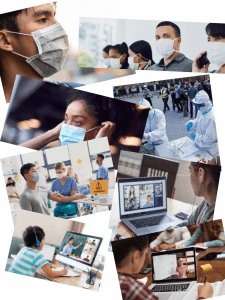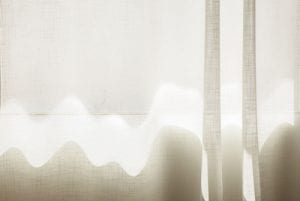triptych identity
The title of my project is “Life During Pandemic”, which revolves around the issue of the global pandemic, and how it affects the daily life of an introvert (me). I took photos of activities I would do on a normal day during the pandemic, staying mostly indoors, since I only go outside to take covid tests. Other examples of things I would do include reading, feeding my cats, exercising, gaming, etc. I didn’t take photos of food, because I find that simply disgusting.
Critique:
The artist that inspired my set was Katy Grannan, who captured images of people and background to describe the impact of PTSD on the lives of Iraq war veterans. The artist inspired me because the theme of my set was to describe the impact of covid on the daily life of a high school student (me, in this case). I needed to include the people and background because I needed to show the changes that covid brought.
To be honest, I think I did horribly. Due to the lack of resources, time and inspiration, I couldn’t get that many photos done, and most of them was simply me on the computer. On the photos where I am going outside, am outside, or am coming back, I intentionally wore airpods, hoping that the audience gets the idea that I dislike interacting with the outside world, and prefer to stay cooped up in my room.
As I took photos, I realized that there wasn’t that large of an impact than I imagined, it was simply that we had to stay at home, and wear masks as we go out. Maybe it hardly impacted me, because I dislike going outside for longer periods of time.
For my final series of images, I decided to choose at least one picture that involved indoors, outdoors, and my personal favorite of all the sets. The photo involving indoors was a photo of me in class, describing how online learning worked out. The photo involving outdoors was me coming back from covid testing, hinting that at this time, covid tests are the only reason I need to go outside. My favorite photo was a photo of me sleeping, it sounds creepy, and I felt creeped out as I was taking a photo of it. This was my favorite photo because I like sleeping, it calms my mind and relieves stress that built up during the day, which is why I like sleeping.
I don’t think there were any strengths in my project. My house is big and pretty empty, so I don’t fill up the entire image, I could try cropping it so that I was in the center, but then it was blurry and simply looked strange. Also I don’t do much on a normal day, so there was hardly any inspiration.
For future projects, I definitely need more resources, time and inspiration. I could also maybe try to find ways to ensure that I don’t leave too much empty space.

























